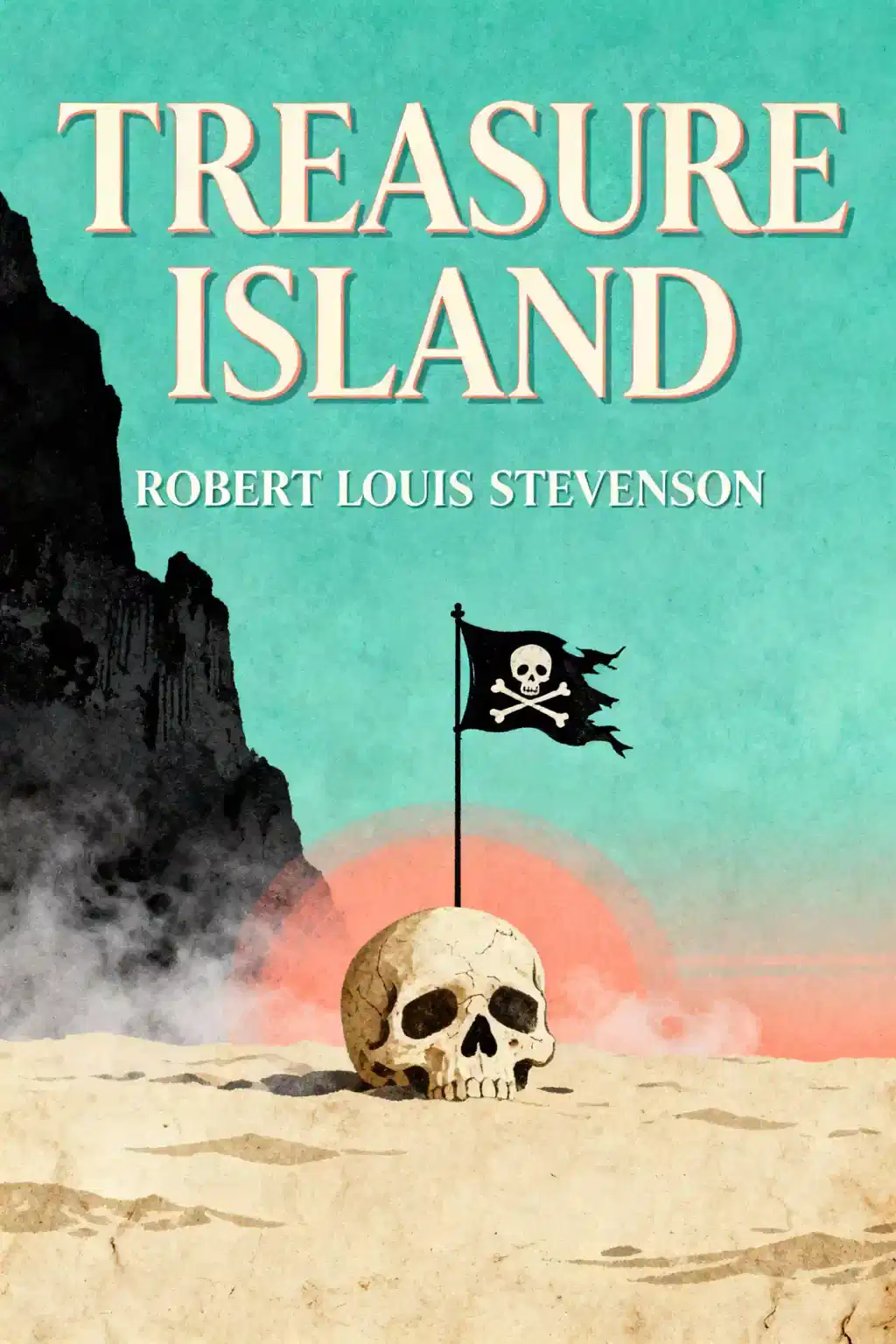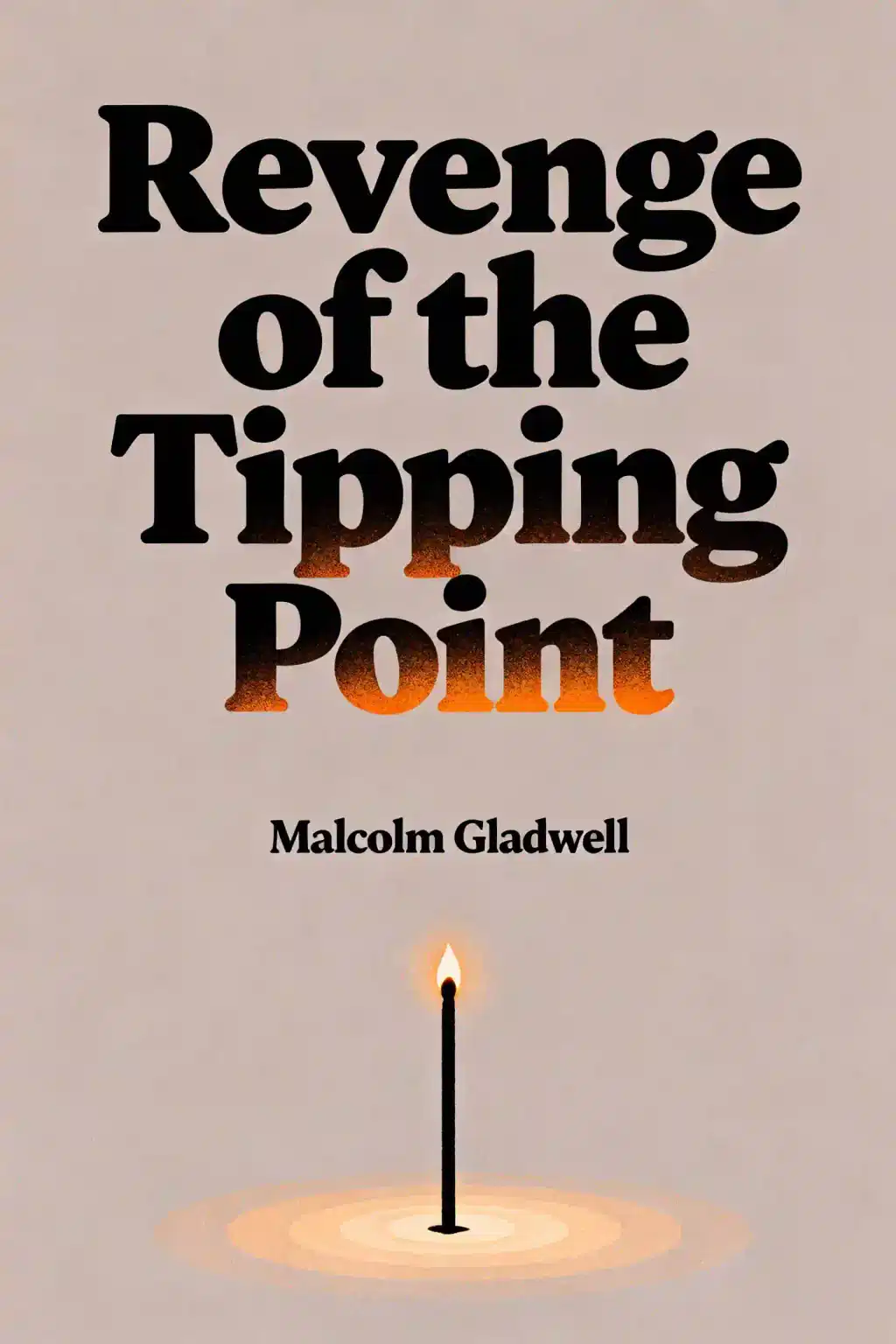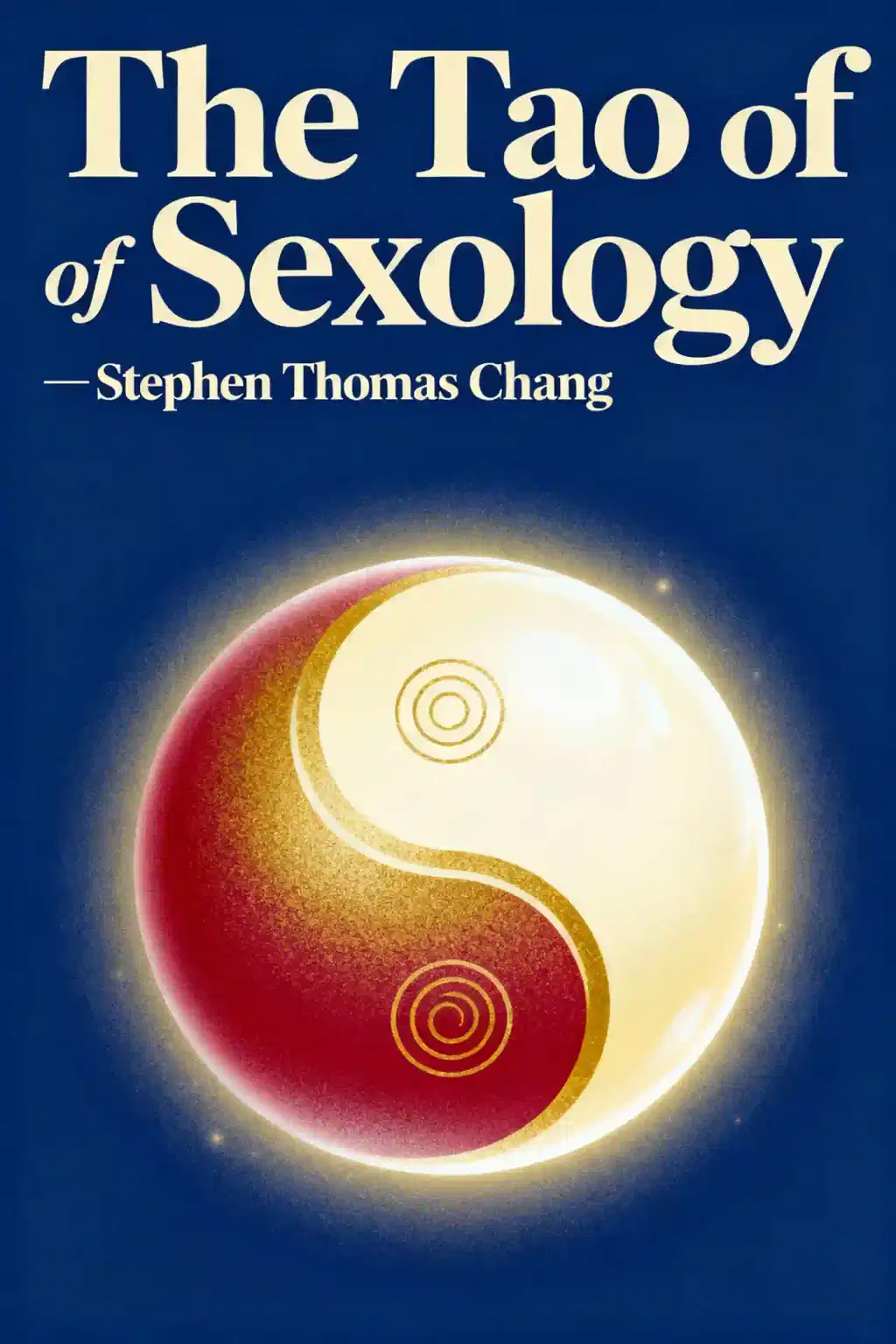
Treasure Island by Robert Louis Stevenson Summary
Born as a rainy day treasure map, Stevenson's masterpiece revolutionized adventure fiction, creating the pirate archetype we know today. What makes this 140-year-old classic worth $15,000 to collectors? Its morally complex characters blur the line between hero and villain.
About the author
Robert Louis Stevenson (1850–1894) was the celebrated Scottish author of Treasure Island and one of the most influential adventure writers of the Victorian era. Born and educated in Edinburgh, Stevenson crafted adventure tales with profound moral complexity, exploring themes of loyalty, greed, and the ambiguity of human nature.
Despite battling tuberculosis throughout his life, he traveled extensively, drawing inspiration from his journeys to create vivid, atmospheric narratives. Stevenson's literary genius extended beyond Treasure Island to include the psychological thriller Strange Case of Dr Jekyll and Mr Hyde, the adventure novel Kidnapped, and the beloved poetry collection A Child's Garden of Verses.
His ability to create morally complex characters—like the treacherous yet charismatic Long John Silver—set new standards for character development that influenced generations of writers. Today, Stevenson ranks as the 26th-most-translated author in the world, with his works continuing to captivate readers more than a century after his death.
FAQs About This Book
Treasure Island is an adventure novel about young Jim Hawkins who discovers a treasure map in the chest of a deceased pirate at his family's inn. The story follows Jim's voyage to a mysterious island with Dr. Livesey and Squire Trelawney to find buried gold, but the expedition becomes dangerous when they discover their crew includes mutinous pirates led by the charismatic Long John Silver.
Robert Louis Stevenson wrote Treasure Island, which was published as a book in 1883. Stevenson was a Scottish novelist, essayist, and poet born in Edinburgh in 1850 who became best known for this adventure classic along with Strange Case of Dr. Jekyll and Mr. Hyde. Interestingly, the idea came from a map of an imaginary island that sparked Stevenson's imagination.
Treasure Island appeals to readers of all ages seeking classic adventure fiction, though it's particularly beloved as a coming-of-age story.
Young adult readers discovering literary adventure, parents seeking quality fiction for their children, and adults who enjoy timeless tales of pirates, moral complexity, and thrilling escapades will find value in Stevenson's masterwork. Literature enthusiasts interested in character-driven narratives with ethical ambiguity will also appreciate its depth.
Treasure Island remains a worthwhile read as it established the template for modern adventure fiction and introduced enduring archetypes like the morally ambiguous pirate. Stevenson's genius lies in his complex characterization—particularly Long John Silver, who is simultaneously courageous and treacherous—setting standards adopted by later writers. The novel's exploration of good versus evil through nuanced personalities makes it more than a simple adventure tale, offering literary depth alongside thrilling action.
Long John Silver is the complex antagonist and ship's cook who leads the pirate mutiny in Treasure Island. Silver embodies Stevenson's theme of moral ambiguity—he's simultaneously a courageous friend to Jim Hawkins and a treacherous cutthroat who cannot be fully trusted. His character was reportedly modeled after W.E. Henley, one of Stevenson's London literary friends, and he became one of literature's most memorable villains.
The primary theme in Treasure Island is the impossibility of identifying and separating good from evil. Through characters like Long John Silver, Stevenson demonstrates that people contain both admirable and despicable qualities simultaneously. The novel also explores coming-of-age as Jim Hawkins transitions from innocent boy to experienced young man, learning harsh truths about human nature, loyalty, and the corrupting influence of greed through his harrowing adventure.
At the end of Treasure Island, the heroes discover Ben Gunn had already found and relocated the treasure months earlier. After loading the treasure onto the Hispaniola, Long John Silver escapes at their first port with a bag of money and is never seen again. Jim and the remaining crew return to Bristol, divide the fortune, and go their separate ways, with Jim vowing never to return to the "accursed" island and suffering nightmares about the sea and gold coins.
The black spot in Treasure Island is an official pirate verdict of guilt, judgment, or deposition from command. When Billy Bones receives the black spot from the blind pirate Pew, he dies from shock shortly after. Later, Silver's own crew presents him with a black spot to inform him he has been deposed as their commander, though Silver manages to regain control by showing them the treasure map.
Treasure Island is set in the 18th century during the golden age of piracy. The story begins at the Admiral Benbow Inn on the English coast near Bristol, where Jim Hawkins lives with his family. The action then moves to a sea voyage aboard the ship Hispaniola and ultimately to the mysterious tropical island where Captain Flint buried his treasure, creating an atmospheric backdrop of coastal England and Caribbean adventure.
Jim Hawkins transforms from an innocent innkeeper's son into a resourceful and morally mature young man throughout Treasure Island. He begins as a frightened boy intimidated by Billy Bones, but through navigating treacherous pirates, retaking the Hispaniola single-handedly, and forming a complex relationship with Long John Silver, Jim develops courage and judgment. By the end, traumatized by violence and greed, he refuses to ever seek treasure again, showing wisdom beyond his years.
Treasure Island functions as a coming-of-age story by chronicling Jim Hawkins' loss of innocence and moral development through dangerous adventures. Jim begins sheltered at his family's inn but faces life-threatening situations, witnesses violence and betrayal, and must make difficult ethical choices about trust and loyalty. His experiences with morally ambiguous figures like Long John Silver teach him that people and situations are rarely purely good or evil, culminating in his psychological transformation and rejection of treasure-hunting.
Treasure Island achieved classic status by establishing archetypal pirate adventure elements—treasure maps, mutiny, buried gold, and one-legged villains—that became genre standards. Stevenson's innovative approach to characterization, creating morally complex figures rather than simple heroes and villains, represented a literary advancement that influenced generations of writers. The novel balances thrilling adventure with psychological depth, examining human nature's contradictions through memorable characters and masterful storytelling that remains engaging over 140 years after publication.
Quick Summary Mode - Read or listen to Treasure Island Summary in 8 Minutes
Break down key ideas from Treasure Island into bite-sized takeaways to understand how innovative teams create, collaborate, and grow.
Flash Card Mode - Top 10 Insights from Treasure Island in a Nutshell
Distill Treasure Island into rapid-fire memory cues that highlight Pixar’s principles of candor, teamwork, and creative resilience.

Fun Mode - Treasure Island Lessons Told Through 22-Min Stories
Experience Treasure Island through vivid storytelling that turns Pixar’s innovation lessons into moments you’ll remember and apply.
Personalize Mode - Read or listen to Treasure Island Summary in 0 Minutes
Ask anything, pick the voice, and co-create insights that truly resonate with you.

From Columbia University alumni built in San Francisco
See More Stories?

Get the Treasure Island summary as a free PDF or EPUB. Print it or read offline anytime.

























